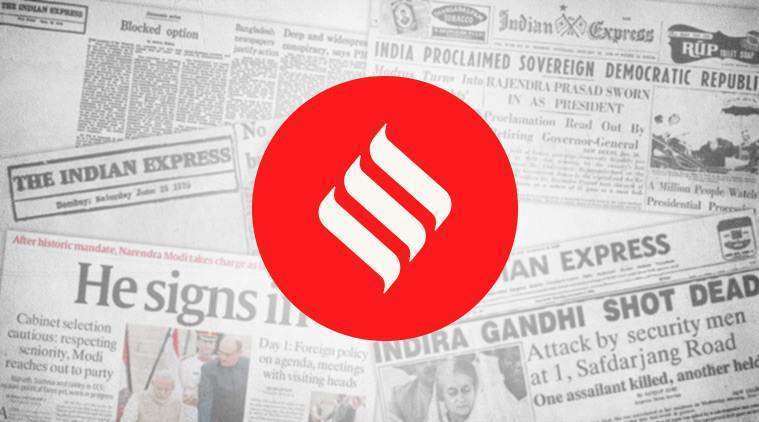 The Kashmiri Pandits left with a heightened consciousness of being a minority in a majority.
The Kashmiri Pandits left with a heightened consciousness of being a minority in a majority.
It is 30 years since the Kashmiri Pandit exodus from the Valley, but time has not healed the pain of loss of home and “homeland” even though most who left then, have through their sheer grit and determination, rebuilt their lives from scratch in their new homes. An exile’s yearning for the homeland is a remembrance of home: The loss of a way of life is central to the imagination of the “migrant” Pandit, as it is for most exiles. The pain is undiminished. At the time of their flight from the Valley, the Pandits were a tiny community of less than 80,000 families. They had shared a common ethnic heritage with Kashmiri Muslims, but the exodus and the circumstances that surrounded it have separated the two in a manner that neither side imagined was possible.
The Kashmiri Pandits left with a heightened consciousness of being a minority in a majority. Their desire to return is layered with this self-awareness. But it is also clear that this has been fuelled in no small part by the Hindu majoritarian sentiment in the rest of the country, where there is little realisation that the more communal the issue becomes the less likely are the chances of a Pandit return. The removal of J&K’s special status was an ideological Hindutva project. Many Kashmiri Pandits cheered and said it would make it easier for them to return. But with Kashmiri Muslims as alienated as ever, if not more, the Pandit vision of return is not to the idyllic past of living as an organic part of the Valley. The vision has narrowed to “Pandit colonies” surrounded by barbed wire and police guards, which can mark them out as the “other” in their homeland, rather than give them any sense of belonging.
However, there is clearly more than one Pandit narrative, and the one that is struggling to make itself heard is that of the Pandit who never left the Valley. The stories of families who have continued to live in Kashmir through the darkest of moments, and who resisted the urge to flee for several reasons, provide another way to look at the issue of return. The “non-migrants” are not the correct ideological fit for Hindutva’s project Kashmir, but they cannot be wished away or ignored. Their suffering as well as resilience through the years, along with their Kashmiri Muslim neighbours, reiterates that the problem in the Valley is political, not communal.